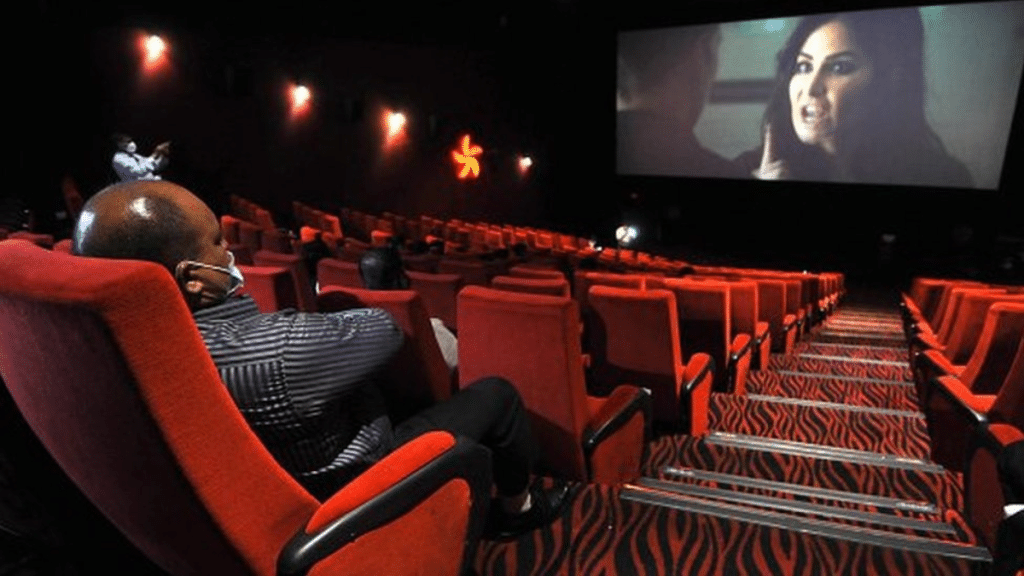Indian cinema has been entertaining, inspiring, and educating people for more than a hundred years. From black-and-white classics to modern-day digital films, India’s movie industry has seen massive growth. But behind the lights, camera, and action, there is a silent conflict going on — between censorship and creativity.
This quiet struggle affects filmmakers, writers, and even viewers. It shapes what kind of stories are told, how characters are shown, and what emotions are allowed to reach the audience. While some believe censorship is important to maintain social values, many argue it limits freedom and kills creativity.
What Is Censorship in Indian Cinema?
Censorship in India is handled by the Central Board of Film Certification (CBFC), also known as the Censor Board. Every film made in India must be submitted to the CBFC before its release. The board watches the movie and decides whether it is suitable for the public. They may approve the film, suggest cuts, or even ban it completely.
The CBFC gives movies certificates like:
- U – suitable for all ages
- UA – children under 12 should watch with an adult
- A – only for adults
- S – limited to certain groups (like doctors, scientists, etc.)
Filmmakers from platforms like SSR Movies have often shared how these rules sometimes make it hard to show honest stories. Many creative minds feel restricted and say they must change or cut important scenes to pass censorship.
Why Do Films Get Censored?
The CBFC often removes scenes that it thinks might hurt people’s feelings, beliefs, or emotions. Some common reasons for censorship include:
- Religious or cultural sensitivity
- Sexual or intimate content
- Scenes of violence or crime
- Political issues
- Bad language or abusive words
- Social topics like caste, gender, or LGBTQ+ rights
Even if a movie is made with good intentions, certain scenes may be cut or altered to avoid controversy. In some cases, entire movies are delayed or blocked from release.
The Effect on Creative Freedom
Every movie begins with an idea — a story that the writer and director want to share with the world. But when they have to worry about the censor board, they may stop themselves from telling bold or different stories.
For example:
- A filmmaker might avoid showing corruption in politics.
- A writer may skip writing an LGBTQ+ love story.
- A director could remove a powerful scene on religious harmony.
This fear of censorship creates self-censorship, where artists silence themselves even before the board gets involved. It reduces diversity in storytelling and stops real issues from being discussed.
Can Censorship Be Misused?
Sometimes, censorship is not just about protecting society. Critics say it can be misused for political reasons or to stop films that go against certain beliefs. In recent years, several films have faced trouble not because of violence or adult content, but because of:
- Questioning authority or government
- Talking about controversial social issues
- Challenging traditional ideas
This selective censorship raises questions about fairness and freedom in a democratic country like India. It also hurts the reputation of Indian cinema on international platforms.
The Case of Upcoming Bollywood Movies
The problem becomes even bigger when we look at Upcoming Bollywood Movies. Many of these films deal with bold topics — whether it’s women empowerment, modern love, or mental health. But due to strict censorship rules, these movies are often edited heavily before release. This makes it difficult for filmmakers to keep the original emotion and power of the story alive.
Some movies that faced censor trouble in recent times include:
- Udta Punjab – for showing drug use in Punjab
- Padmaavat – for hurting cultural sentiments
- Lipstick Under My Burkha – for being too bold and female-focused
In each of these cases, filmmakers had to fight for their right to release the movie. These examples show how hard it can be to tell meaningful stories in today’s cinema space.
How OTT Platforms Are Changing the Game
With the rise of streaming platforms like Netflix, Amazon Prime, and Hotstar, the game is slowly changing. These platforms are not regulated by the CBFC, so creators have more freedom. Movies and web series on OTT platforms often explore bolder themes without cuts.
However, even OTT platforms are now facing pressure. There have been calls for a digital censorship law, and some shows have already faced backlash and legal trouble. So, the fight for creative freedom continues — even in the digital world.
A Need for Balance
Nobody denies that India is a diverse country with many cultures, beliefs, and emotions. But at the same time, art must be allowed to express truth, even when it’s uncomfortable. The solution is not to ban or silence creators, but to create a balanced system.
A better way could include:
- Clear and fair guidelines for certification
- An open and transparent review process
- Allowing different viewpoints and voices
- Respecting artistic freedom while maintaining social responsibility
What the Future Holds
The silent battle between censorship and creativity will continue, but voices are growing louder. Many artists, critics, and film lovers are asking for change. Film associations and legal groups are also fighting to protect creative rights.
If India wants to remain a global leader in cinema, it must support bold ideas and fearless storytelling. Only then can we see stories that truly reflect the beauty, pain, joy, and struggle of our people.
Final Thoughts:
Indian cinema is one of the most powerful art forms in the country. It connects millions of people and opens minds to new ideas. But for cinema to grow, it must be free to express.
Censorship should guide, not control. It should protect viewers from harm, not from truth. As long as creativity is kept in chains, Indian cinema will never reach its full potential.
